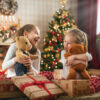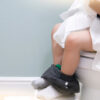
by Lynda Forster
Dance Art Studio
Exactly what benefits can dance classes offer kids? The list is endless and not just about learning a few steps to perform… Apart from the physical elements of helping to keep them fit and active, dance is also proven to benefit their mental health and social skills which is something we should all be focusing on more during these times.
Children always leave a dance class happy and relaxed even if they’ve had an ‘off’ day or they’ve been feeling a little reluctant to join in at the beginning of the lesson. Whilst engaged in the lesson, the movements produce endorphins which channels their negative energy into a positive calm and those feelings of stress and anxiety will soon disappear, so not only are they staying physically healthy they are staying mentally healthy in a fun way, learning a new skill.
It takes time and lots of patience to master new steps. When children listen to music and learn a dance to its rhythms – it stimulates their brain which improves their cognitive abilities. Children are constantly reminded about when they were babies they fell over many times until they could walk properly, they kept practising until they could and this seems to resonate with them. These are coping mechanisms which are valuable life skills.
Feeling healthier both physically and mentally will push them towards great things in the future. Working in a consistent lesson setting will also help your child’s self-esteem grow as they dance and share ideas with their friends and peers. An atmosphere of trust and support is necessary for a dance group – that feeling of support, community and camaraderie is also beneficial towards their mental wellbeing when outside of their normal comfort zones.
So many wonderful friendships can be formed through this physical art form, the emotional connection of creating movement together and sharing ideas is therapeutic. For younger children this will involve something as simple as galloping in pairs, waiting their turn and then both working together trying to win ‘stars of the lesson’. These could be awarded for the happiest dancing smile, the pointiest toes or the best posture, and for older children there are mimes, choreography tasks to encourage expression and creative thinking. Eventually leading them through to having a dance exam partner throughout their grades, this can be for 10 or more years, so having someone to share the same experiences and love is truly magical for them – many of our past students remain friends in adulthood.
Being a dance student certainly keeps them busy and during their tween and teens years they’ll hopefully prefer spending their spare time rehearsing with their network of dance friends rather than slouching around on their phones looking at negative social media posts and constantly comparing themselves to others – so investing in dance lessons certainly has an endless list of positives. For you, seeing your child develop from a preschool ballet and dance movement class through to a young person able to perform ballet en pointe or tap dance and shine on stage is a wonderful journey.
Recent studies suggest continuing dance and exercise during important academic exams such as GCSE’s can help to re-focus, lay down information in the brain and subsequent recall. Teen brains are wired to seek fun and pleasure, so surely if they stop all their fun creative hobbies during these exam periods they will not have the mindfulness benefits that dance provides – yes exam success is very important but a top grade academic record is of no use if your mental health is suffering. It’s about balance and time management which again is another life skill. Many students have told me that having dance helped get them through these exams.
Dance teachers themselves have often danced since they were young children and have followed their passion, they love what they do and have so much to give back, children feed off this positive energy. Dance teachers are normally very good at reading ‘vibes’ by the way their dancers perform in lessons. Unlike academic teachers, a child will often have the same teacher for a number of years, from tot to teen, so they become a stable person in their life and someone they can confide in during difficult times and who can offer support.
Continuing dance lessons online throughout the lockdowns has certainly been richer for many children and young people and although you can never create the same atmosphere as in person lessons, having that familiar connection and social aspect to look forward to certainly helped keep them physically and mentally motivated and kept their interest alive. It’s also given them a new found confidence as they’ve adjusted to solo learning.
Dance Art Studio is located in the Fiveways and Preston Park area of Brighton offering pre-school ballet and dance for 3-4-year-olds and graded ballet, tap, modern theatre dance and street as well as boys only tap and jazz. Exams and performance opportunities. We also hold holiday workshops. www.danceartstudio.co.uk

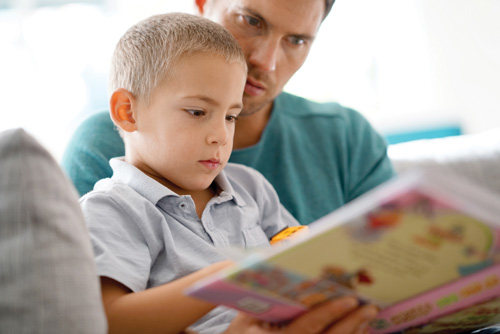
 he Best Worst Day Ever
he Best Worst Day Ever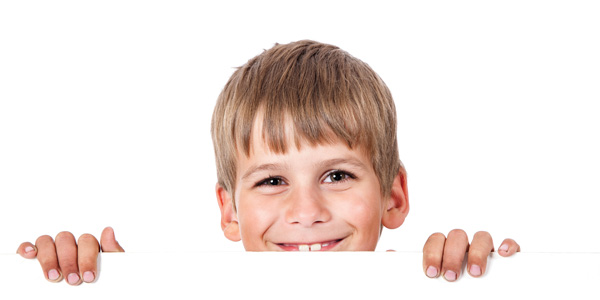

 All that is needed is a bit of curiosity, a playful attitude and maybe a tiny bit of know-how. Paying attention to the ordinary and everyday that might have escaped our notice for years, can open the door to tiny adventures close to home. Outdoor play is not just a ‘nice to have’, it is essential for children to experience the world to learn about it and their place in it.
All that is needed is a bit of curiosity, a playful attitude and maybe a tiny bit of know-how. Paying attention to the ordinary and everyday that might have escaped our notice for years, can open the door to tiny adventures close to home. Outdoor play is not just a ‘nice to have’, it is essential for children to experience the world to learn about it and their place in it. Learning about our neighbour-hood nature connects us to where we live and makes us feel more at home. The more time spent outdoors, the more you notice the patterns of the changing seasons; get to know the sights, sounds and smells of your local wildlife; and enjoy ‘slow time’ as you lose yourself in the fascination of nature. Creativity, resilience and positive attitudes towards the environment and exercise are forged in outdoor play. Understandable fears of busy roads and encounters with strangers can make parents and carers feel anxious about letting their children and young people play out of sight but it is vital that all young people have opportunities for unstructured outdoor adventures.
Learning about our neighbour-hood nature connects us to where we live and makes us feel more at home. The more time spent outdoors, the more you notice the patterns of the changing seasons; get to know the sights, sounds and smells of your local wildlife; and enjoy ‘slow time’ as you lose yourself in the fascination of nature. Creativity, resilience and positive attitudes towards the environment and exercise are forged in outdoor play. Understandable fears of busy roads and encounters with strangers can make parents and carers feel anxious about letting their children and young people play out of sight but it is vital that all young people have opportunities for unstructured outdoor adventures.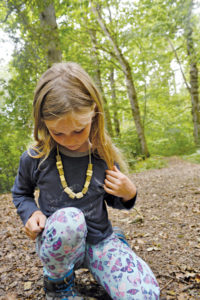 On your wild days out, it is very important to remember that the world is not a playground for humans but the habitat for us and all other living things. At the very least, we should try and leave as little trace of our activities as possible. It would be fantastic if we could leave things in an even better state than we found them and to have a positive impact on our environment.
On your wild days out, it is very important to remember that the world is not a playground for humans but the habitat for us and all other living things. At the very least, we should try and leave as little trace of our activities as possible. It would be fantastic if we could leave things in an even better state than we found them and to have a positive impact on our environment.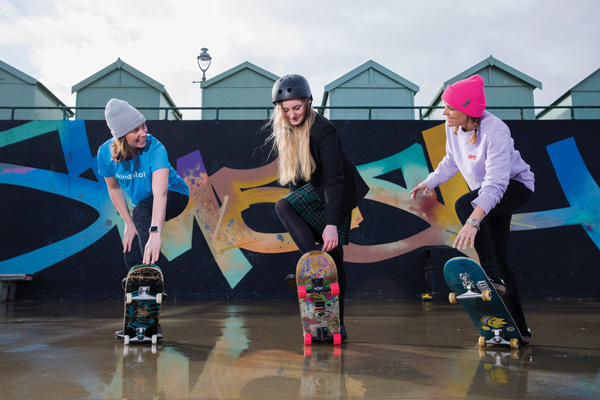
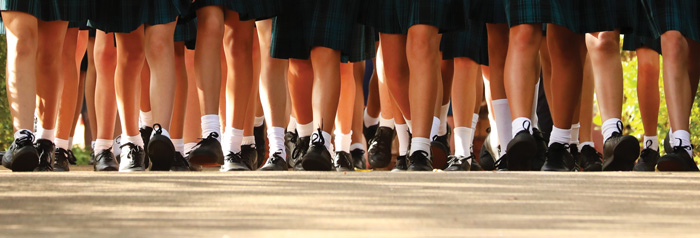

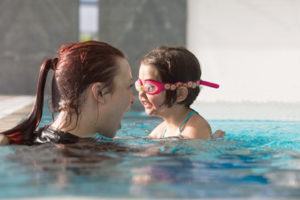 3. Swimming is a mood booster
3. Swimming is a mood booster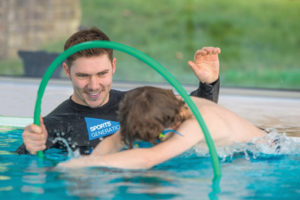 4. Swimming can make your child smarter
4. Swimming can make your child smarter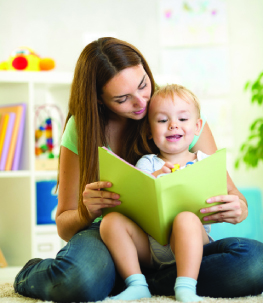
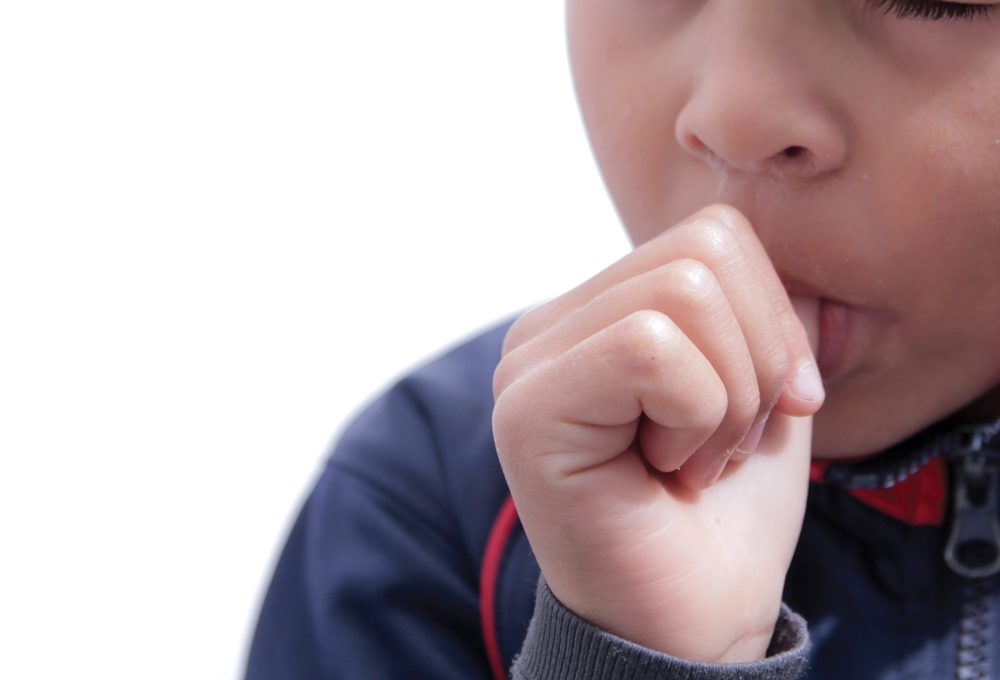
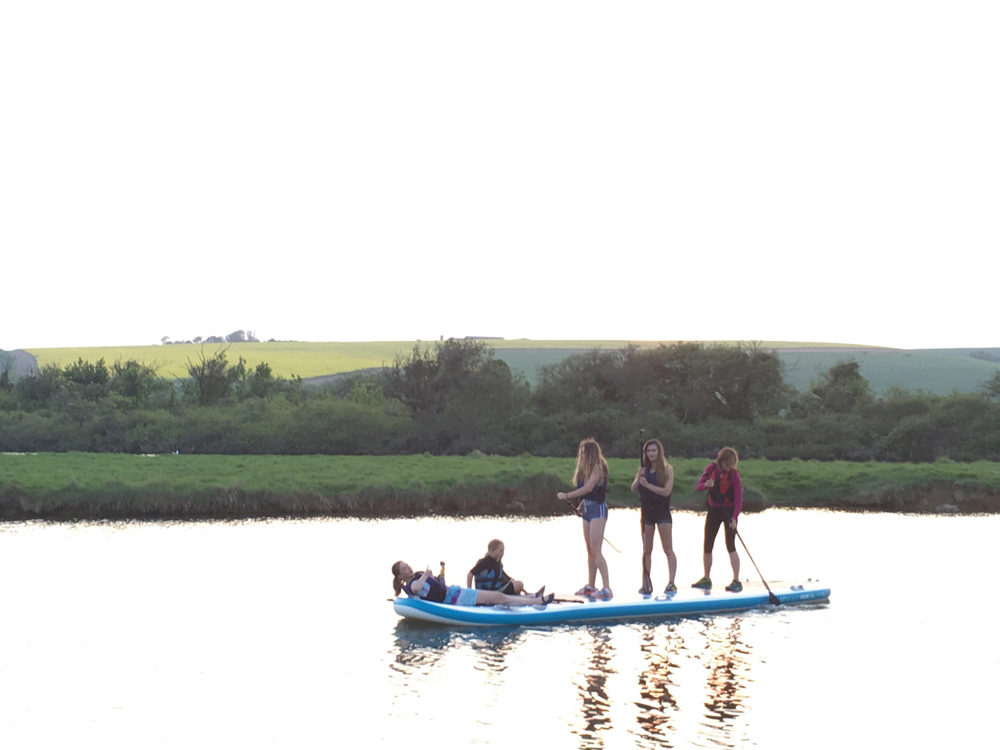
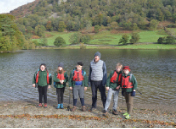 To help more young people benefit from the transformational power of travel and adventure, YHA has launched a campaign – The Adventure Effect. It hopes the campaign will inspire young people and their families to get outdoors.
To help more young people benefit from the transformational power of travel and adventure, YHA has launched a campaign – The Adventure Effect. It hopes the campaign will inspire young people and their families to get outdoors.
